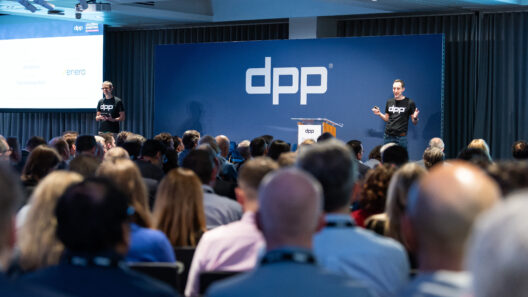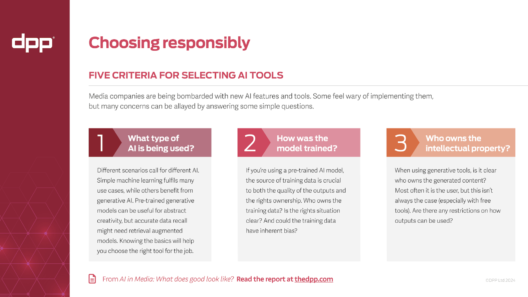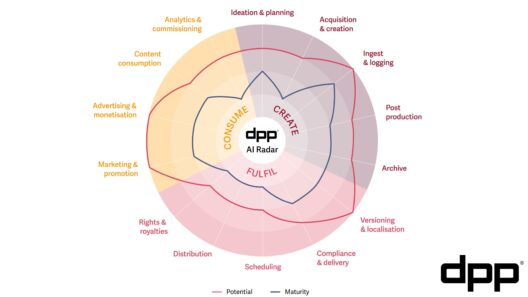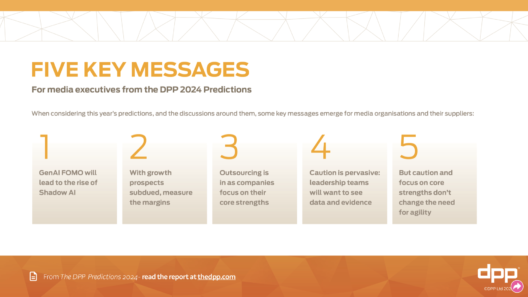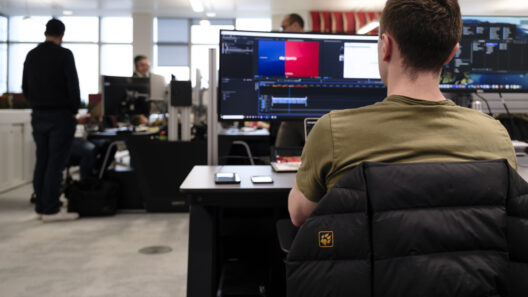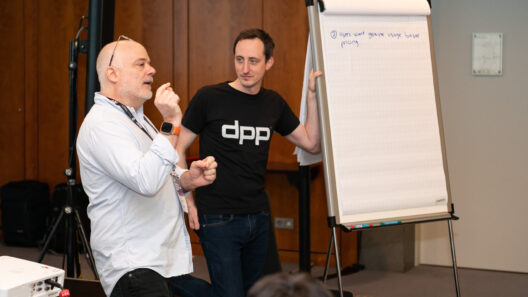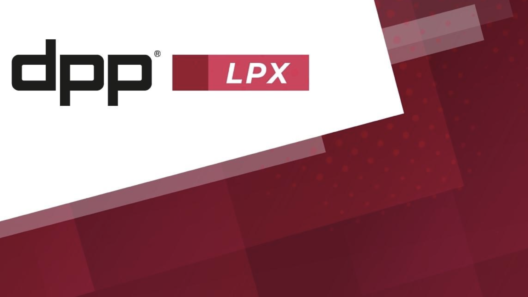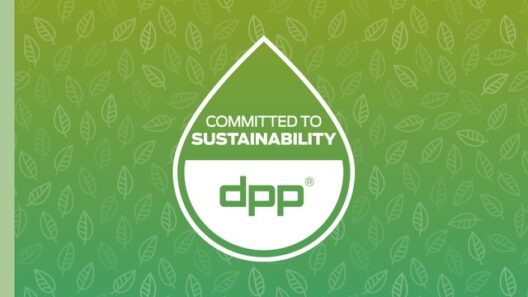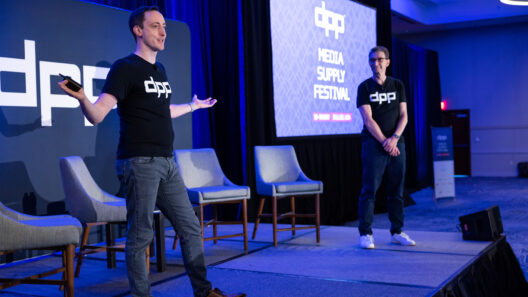“It’s time to start.”
If you’ve ever been to a Blue Man Concert, you know the significance of this statement. It is announced at the start of an evening which is designed to combine art, innovative musical instruments, and well-orchestrated percussive skills, driving a relentless demand for entertainment from a large audience. It’s a complex orchestration of talented performers with lights, sound, and special-effects, that creates a unique experience.

All of the components of this concert existed separately without fanfare (there is no cheering in the PVC isle of the hardware store), the magic is created in their combination. I want you to understand my full meaning when I say when it comes to managing and automating video content to meet the relentless demand from a global audience for premium content… it’s time to start.
Building blocks
All of the building blocks for large scale media asset management, archive, and automation of component-based media distribution exist today. While there are success stories that can be mentioned for each of them separately and in combination, they are still the exception in the media ecosystem. There are massive amounts of physical tape archives sitting on shelves that are still enabled by physical workflows and searched via legacy systems. These archives create gravity within an enterprise requiring human resource, bespoke process, facilities and time to maintain. There’s no better place to innovate and build these systems than in the cloud.
The centralization of content into a “Content Lake” architecture in the cloud enables customers the ability to actively manage the archive through the entire ecosystem. Like the Blue Man Group analogy, the cloud provides an environment to simplify a repeatable, complex orchestration of services, media, and data, that add up to something much larger than the individual parts.
AWS for example, has a massive service catalog that provides reliable, elastic, managed building blocks for companies to build scalable media platforms that can take content and metadata and orchestrate the delivery of the right version, in the right format, at the right time. Centralized content architecture enables new opportunities that are very difficult to achieve with on-premise systems: enforcement of a universal identifiers (UUID), enforcement of encryption at rest and in transit and removal of duplicate assets and processes are three advantages.
Resource efficiency
A key benefit from the cloud is leveraging resources in a pay-as-you-go model. AWS invented the concept of Serverless which has huge impacts to cost and performance in media workflows. Let’s take the example of ingest. Historically, ingest workflows have been setup separately for each business use-case. An archive migration would have to consider: LTO Archive, Digital archive, physical archive, and of course the myriad of incoming production ingest workflows. Since serverless and elasticity take care of resource allocation, users can combine their ingest workflows into a single, serverless ingest process that accepts content from all these source inputs and manages them through a single workflow that expands and contracts resources necessary. The simplification has the added benefit of enforcing universal identifiers and metadata standards that are very difficult to maintain on-premise.
Machine Learning is an emerging technology that shows great promise in improving search and automating the processing of video content. Most companies have varying degrees of metadata against their stored archives. The amount of metadata captured against these assets frequently fluctuates over time as business needs, processes and management oversight changes. ML combined with the content lake architecture offers an opportunity to enforce a baseline of metadata against each asset; object/face recognition, transcription, and context metadata can be generated with ML and used to enhance the search and automation capability of video assets.
Capitalising on IMF and the Cloud
The importance of industry adoption of common specifications cannot be understated. The DPP has proven the industry can achieve massive cost savings by replacing bespoke solutions with common approaches. IMF (Interoperable Mastering Format) is a great opportunity to provide a structured approach to component-based video distribution. The content lake architecture enables customers with large video archives to deduplicate their video assets and build out component-based relationships for titles that will result in storage reduction and cost savings.
As the tools and examples for success exist today, the next step is giving technology leaders and innovators the confidence that they can make a substantial difference in their business model and help their business grow and evolve. The cloud reduces complexity, cost, and greatly improves innovation and reach. The technology leaders just need to seize the opportunity.
If you’re a movie fan, you’ll remember the line from Anthony Hopkins in “The Edge”. Anthony’s character motivates a small band of survivors from a plane crash in the wilderness, being hunted by a bear; he tells a story of boys in India who, as part of a right of passage to manhood, they go and tease a tiger. He then summarizes the lesson with, “What one man can do…Another can do!” Technology leaders have huge opportunities in front of them and several successful implementations to follow.
Just ask AWS technology partners like Deluxe, Ownzones, and SDVI.
It’s time to start.
